During our recent trip to Louisville, Kentucky, we decided to stop by the Muhammad Ali Center, a museum and organization that presents and mobilizes Muhammad Ali’s legacy of creating change, pursuing justice, and inspiring greatness.
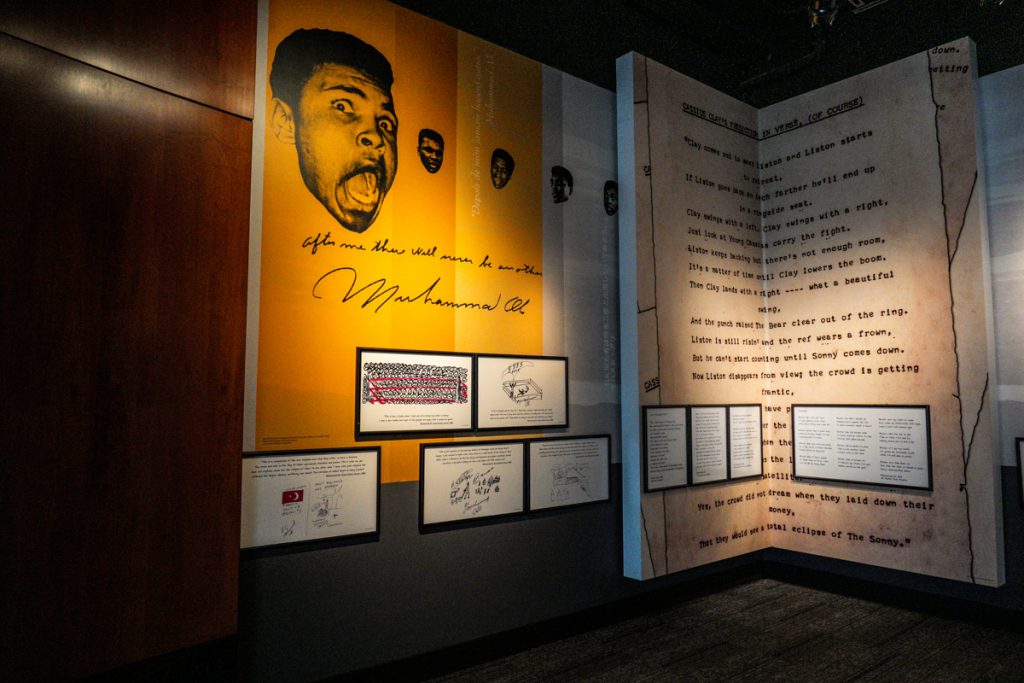
While many people know Ali as the greatest boxer of all time, he was much more than that. Throughout his life, Ali also dedicated his time to his spirituality, humanitarian work, and art. He was considered the champion of the underdog.
At the beginning of the museum, we were started with a 15-minute documentary about Ali’s life including his upbringing, boxing career, and future endeavors in activism. As you venture through the museum you are met with many wall placards with stories of Ali, as well as a few interactive exhibits, like the recreation of Champ’s Deer Lake training camp.
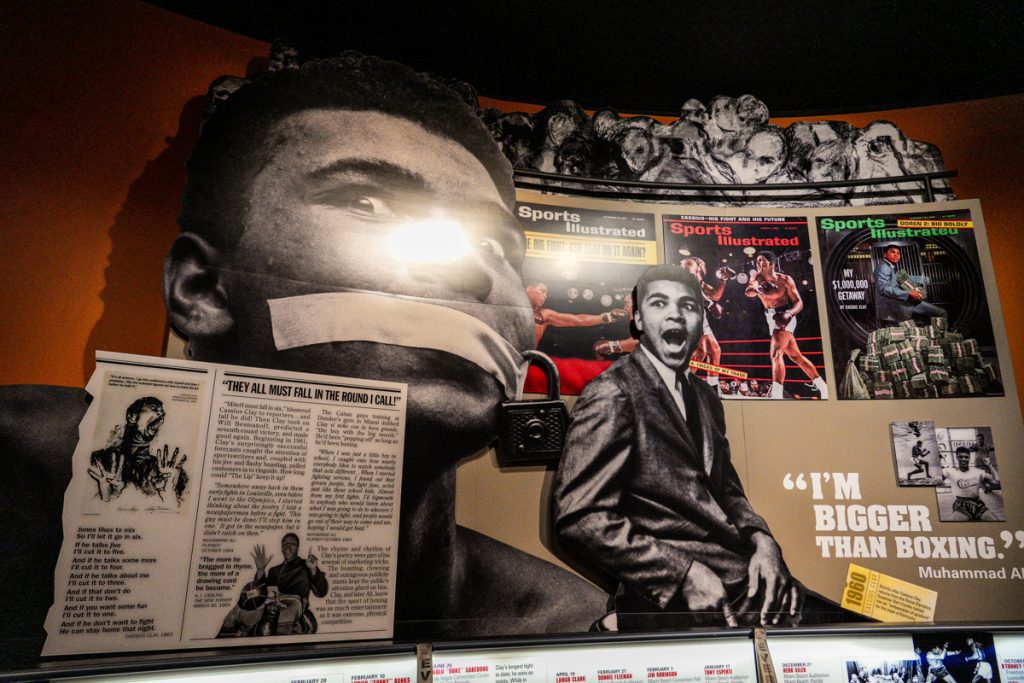
Each section traces his life through his persistence to becoming the best fighter. Ali was born Cassius Clay Jr. and raised in Louisville. His urge to fight came from a specific instance when he was 12 years old and got his red Schwinn bike stolen. He felt the urge to “whup” the culprit, to which the policeman reportedly told him he would have to learn how to fight first.
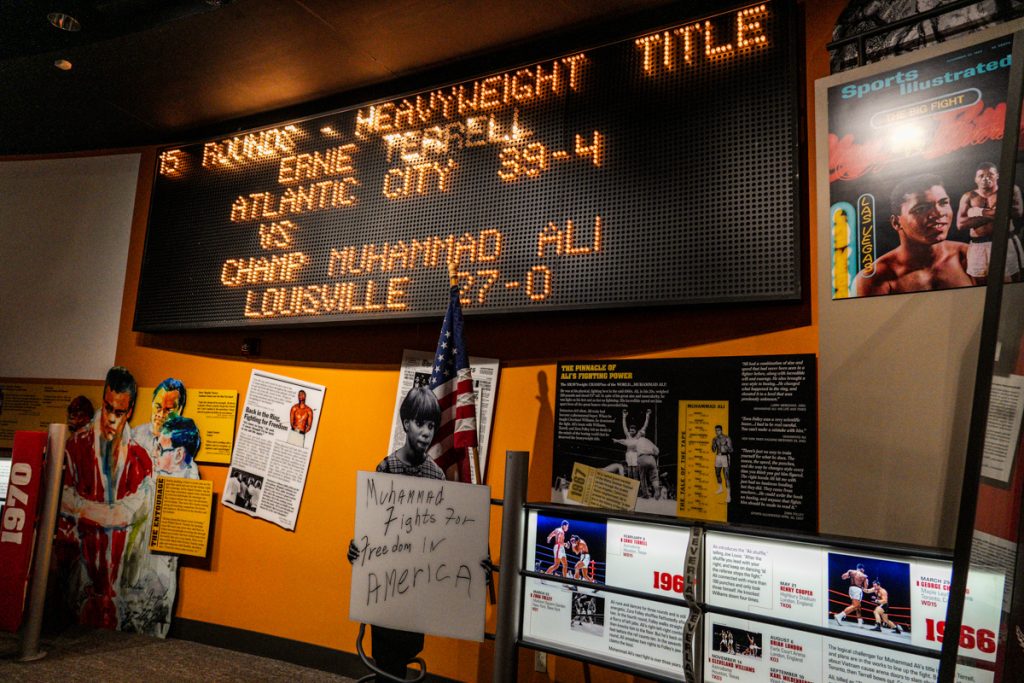
Even though Cassius was a normal person, just like you and me, he had big dreams and a determination unlike any other. He would run next to the school bus to school every day as part of his training to become a boxer. And only three months after he graduated high school, Cassius competed at the 1960 Summer Olympics in Rome and won the light-heavyweight gold medal.
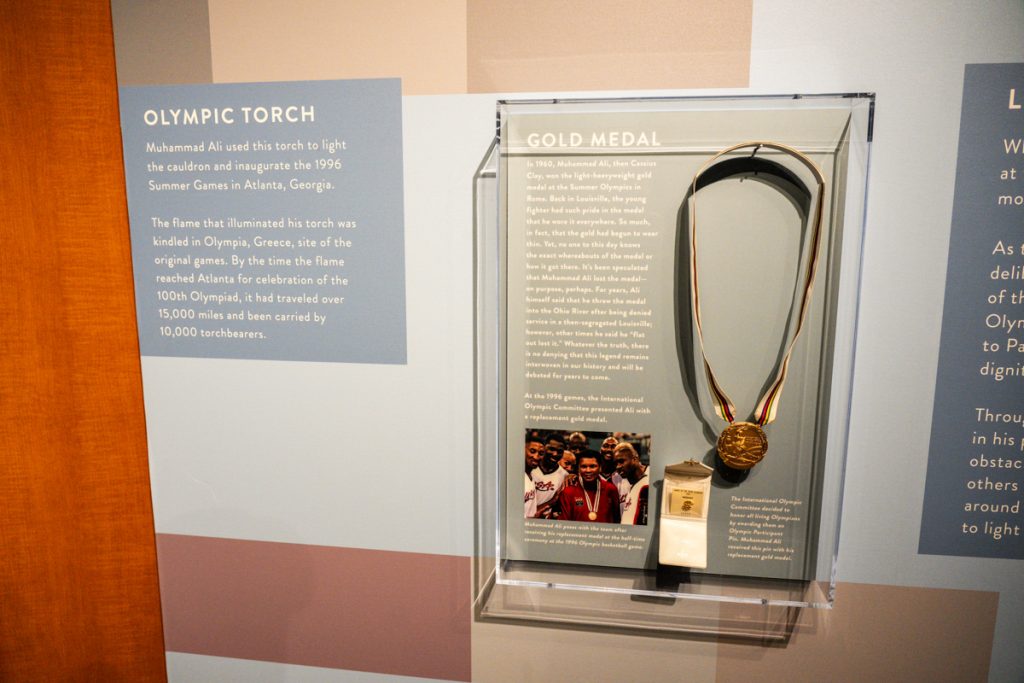
At 18 years old, Cassius entered a contract with some Louisville business men who would finance his boxing career. He later donated the earnings from his first boxing win to Kosair Children’s Hospital. He then went on to explore his passion for activism and became friends with Malcolm X, a prominent Muslim figure during the Civil Rights Movement.
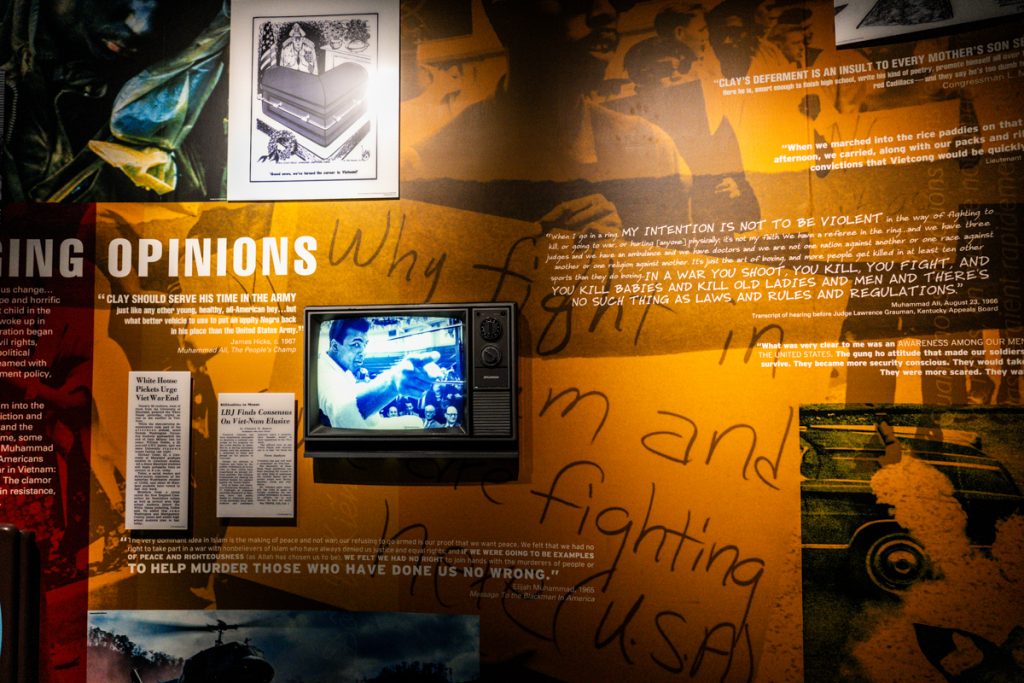
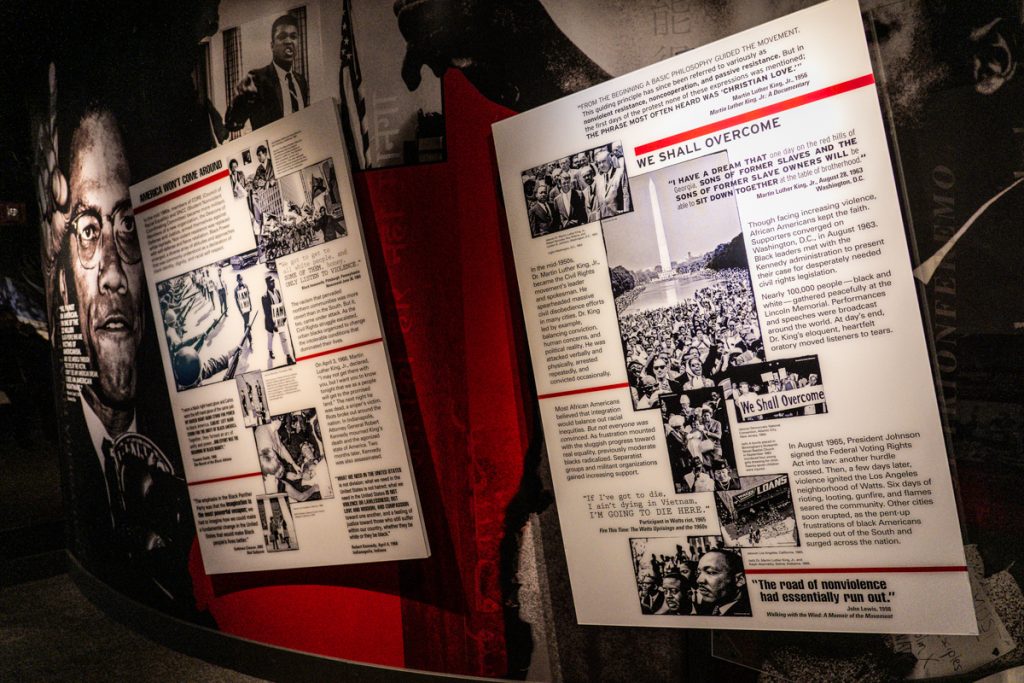
The day after his first heavyweight championship win, the fighter announced his spiritual change to the Muslim faith. He went by the name Cassius X for nine days, then received his new name, Muhammed Ali, from the Nation of Islam leader. He went down in history with this name, which represents his newfound faith.
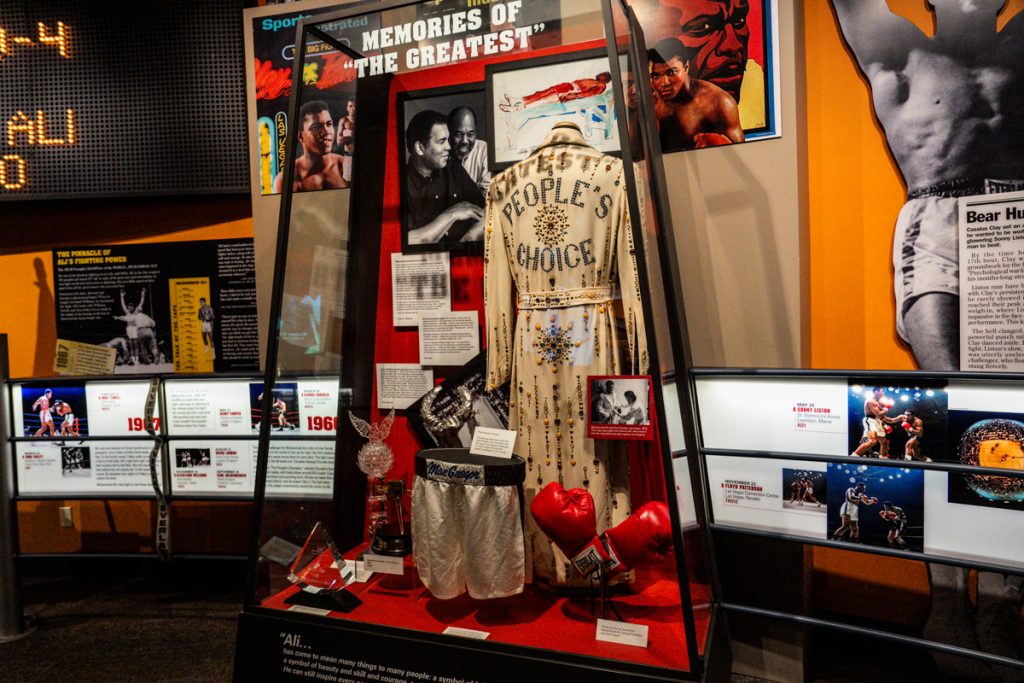
Ali went on to visit different countries in Africa, inspiring others as a symbol of anti-colonialism and reclaiming his roots as an African-American. In 1967, after military officials drafted Ali, he publicly refused to join the military, causing him to lose his license and ability to box for 3 years.
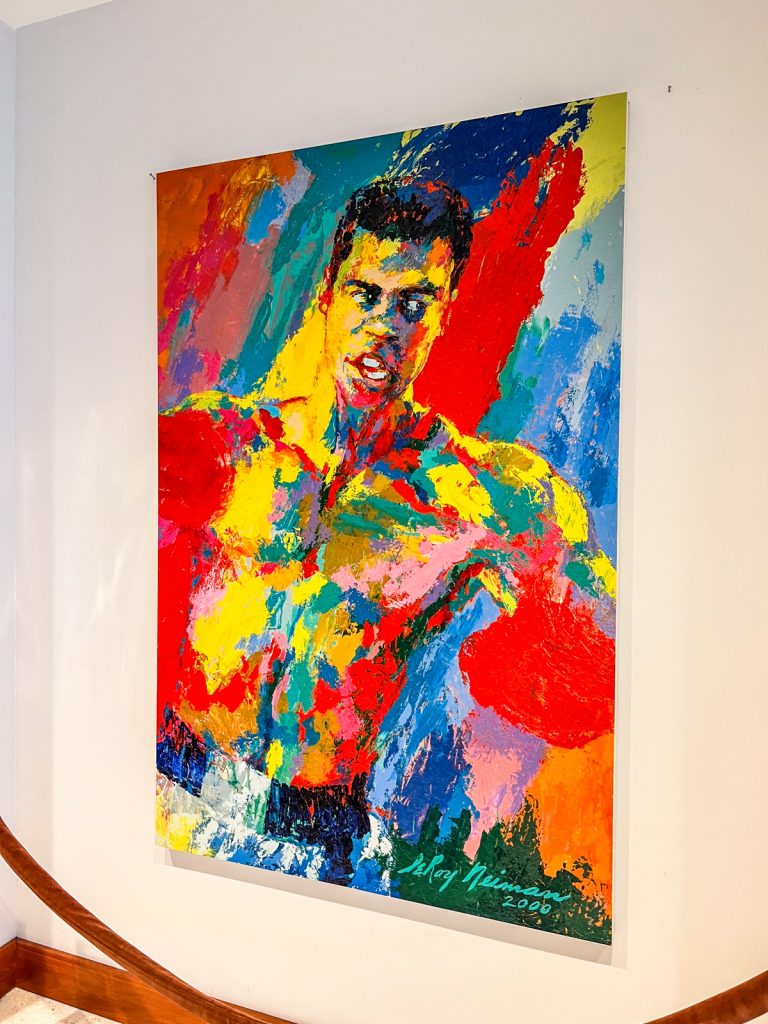
Despite his hardships, he stood true to his beliefs and came back strong, beating George Foreman and becoming the heavyweight champion of the world again. He continued his humanitarian efforts and constant acts of helping others, most of the time when no one was looking.
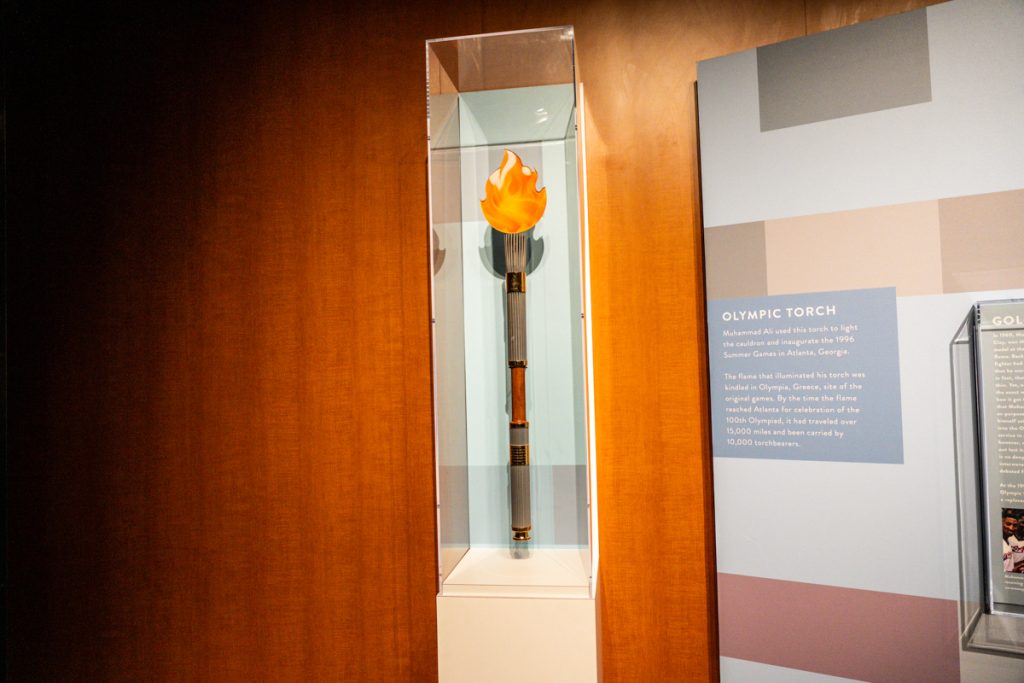
While there aren’t many artifacts in the museum, you can view one of his Rolls Royce cars, the 1996 Olympic torch he carried in Atlanta, some of his robes and shorts, and a replica of the gold medal he is rumored to have lost.
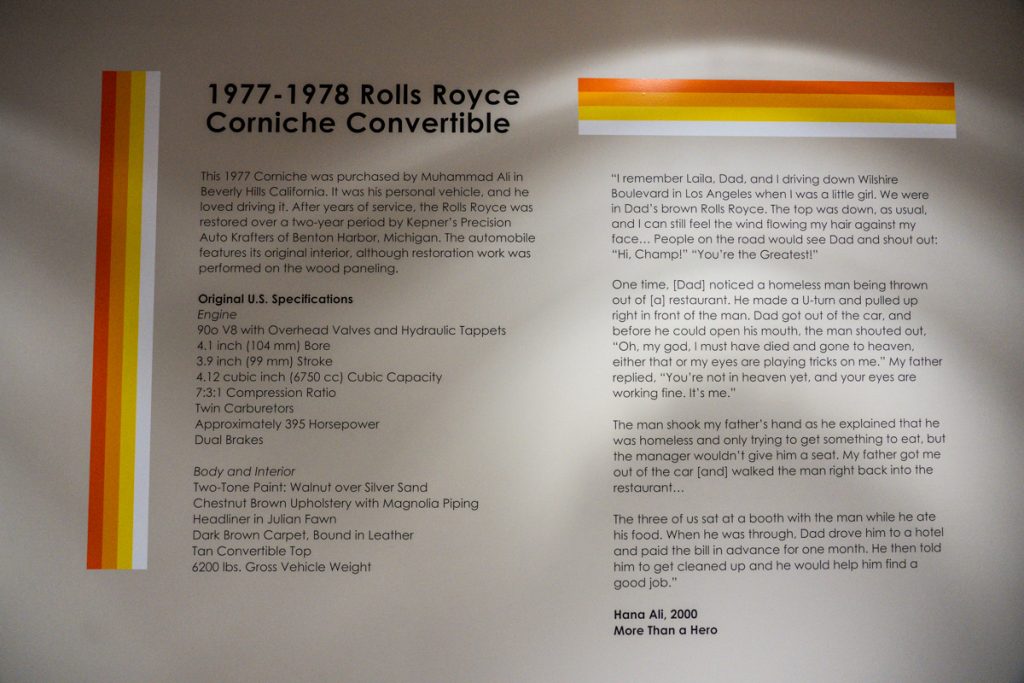
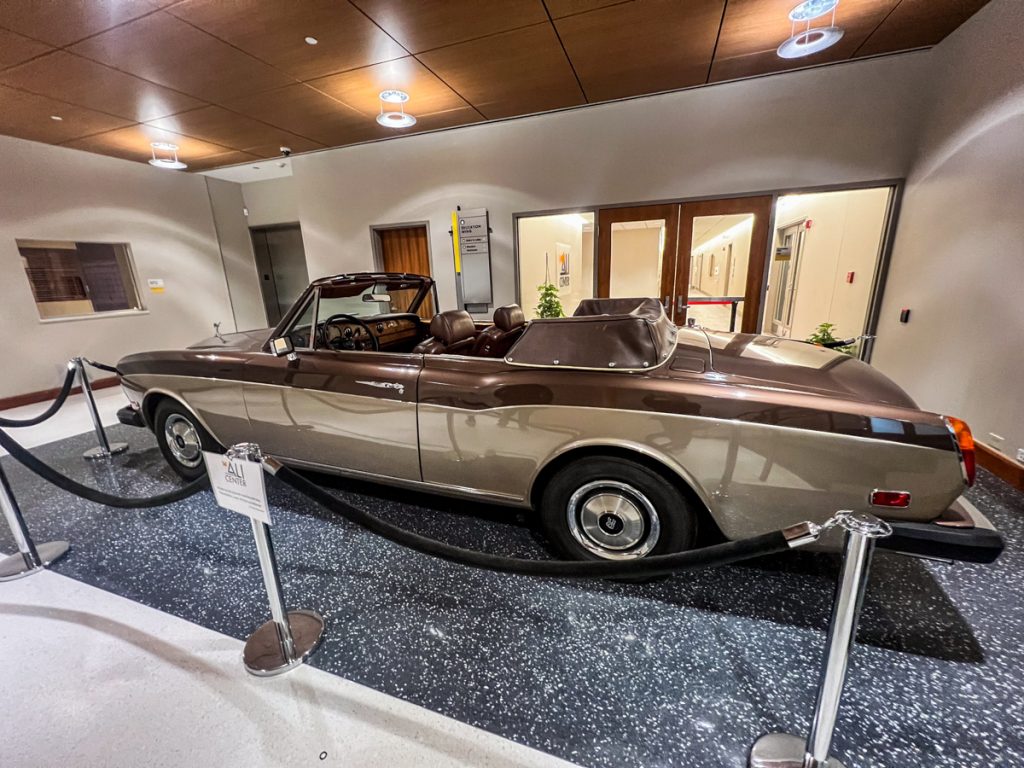
This museum truly functions as a timeline and historical representation of Muhammed Ali’s life and accomplishments. Driven by his 6 core principles: confidence, conviction, dedication, giving, respect, and spirituality, the museum thrives and brings to life Ali’s legacy. This museum is great for boxing and martial arts fans, as well as activists and artists.

The museum is open Wednesday through Sunday, from 10am-5pm for self-guided tours. Tickets are affordable at $20 for adults, $17 for seniors, $10 for children 6-17 years of age, and free for children under the age of 6. Discounts are available for local residents. You can purchase tickets on their official website to experience the life, legacy, and career of the world’s most well-known boxer and activist.
Words by Emily Cigan @emily.cigan and Amy Harris @thetraveladdictig

